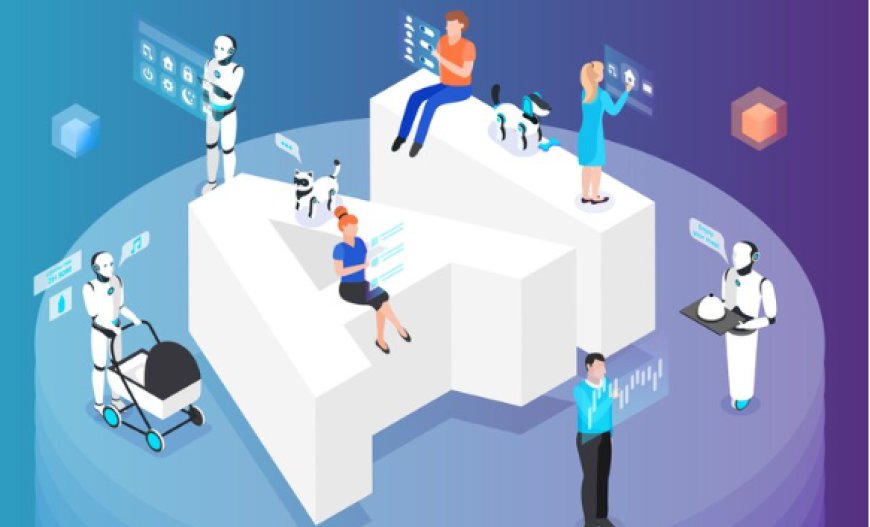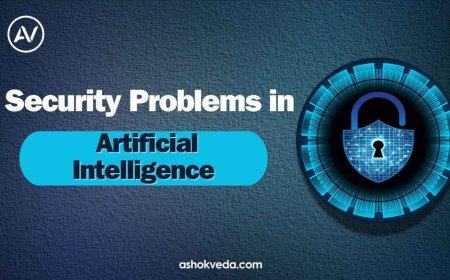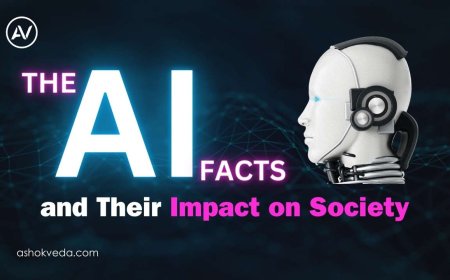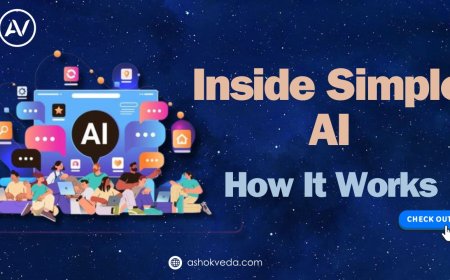AI and the Internet of Things (IoT)
Explore the synergy of AI and the Internet of Things (IoT). Discover the impact, applications, and future possibilities of this dynamic duo

The digital revolution has paved the way for groundbreaking advancements in technology, with the Internet of Things (IoT) and Artificial Intelligence (AI) emerging as pivotal forces driving innovation. The IoT, characterized by interconnected devices and systems, has revolutionized the way we interact with our surroundings. Simultaneously, AI, with its capacity for data analysis and decision-making, has unlocked new frontiers in automation and problem-solving. The synergy between AI and IoT has ushered in a new era of connectivity, propelling industries, businesses, and communities into a realm of unprecedented efficiency and productivity.

Despite the transformative potential, the amalgamation of AI and IoT is not without its challenges. The complexity of interconnected systems introduces concerns related to data security, privacy breaches, and ethical considerations. The proliferation of interconnected devices amplifies the risk of cyber-attacks and unauthorized access, necessitating robust security protocols and encryption measures to safeguard sensitive information. Moreover, the ethical implications of AI-driven decision-making raise pertinent questions about bias, accountability, and transparency, underscoring the need for responsible and ethical implementation of these technologies.
Advancements in Connectivity and Data Processing
The integration of AI and IoT has facilitated remarkable advancements in connectivity and data processing. Through AI-powered analytics, IoT devices can interpret and analyze colossal volumes of data in real time, enabling informed decision-making and predictive analysis. This synergy empowers businesses to optimize operations, enhance productivity, and deliver personalized experiences to consumers. For instance, in the manufacturing sector, AI-powered IoT devices can streamline production processes, identify inefficiencies, and predict maintenance requirements, leading to cost-effective and efficient operations.
Enhanced User Experience and Personalization
The convergence of AI and IoT has revolutionized user experiences, offering unprecedented levels of personalization and customization. Smart devices embedded with AI algorithms can adapt to user preferences, behavior patterns, and environmental cues, tailoring services and interactions to meet individual needs. From smart homes to personalized healthcare solutions, the integration of AI and IoT has transformed the way we interact with technology, fostering seamless integration into our daily lives and routines.
The combination of AI and IoT brings up important ethical considerations, which call for proactive actions to tackle biases and promote responsible decision-making.
Here are a few key aspects that support this perspective:
Bias Identification and Mitigation: Recognizing that AI algorithms can perpetuate biases, it is vital to implement robust mechanisms for identifying and mitigating biases in AI-driven IoT systems. This involves thorough auditing of algorithms, data sets, and decision-making processes to detect and rectify any discriminatory patterns or outcomes.
Diverse Stakeholder Involvement: Encouraging diverse perspectives and multidisciplinary collaboration in the development and deployment of AI-driven IoT technologies is essential. Involving experts from various fields, including ethics, social sciences, and human rights, can help anticipate and address potential biases and ethical concerns before they manifest in the technology.
Transparency and Explainability: Promoting transparency in AI algorithms and decision-making processes is crucial for building user trust and understanding. Ensuring that AI systems provide clear explanations for their decisions, including the factors considered and the reasoning behind specific outcomes, can help users assess the fairness and ethical implications of AI-driven IoT applications.
Ethical Frameworks and Guidelines: Establishing comprehensive ethical frameworks and guidelines specific to AI-driven IoT technologies can provide a structured approach to addressing ethical dilemmas. These frameworks should include principles such as fairness, accountability, and transparency, guiding developers and stakeholders in creating and implementing ethical AI practices.
Continuous Monitoring and Evaluation: Implementing continuous monitoring and evaluation mechanisms is essential to detect and address any ethical issues that may arise during the lifecycle of AI-driven IoT systems. Regular assessments can help ensure that the technology aligns with ethical standards and remains responsive to evolving ethical considerations and societal expectations.
How can we make the most of the connections between these technologies while also managing the risks and considering the ethical implications?
Indeed, as AI and IoT continue to evolve and intertwine, it's essential to address this pivotal question: How can we effectively leverage the synergies between these technologies while mitigating the risks and addressing the ethical implications? This question encapsulates the central challenge and opportunity that the convergence of AI and IoT presents. Let's delve deeper into this inquiry and explore potential strategies for navigating the complexities and ensuring responsible development and deployment.
1. Integrated Security Measures:
- Leveraging AI for Enhanced Security: AI can be used to detect anomalies and potential security threats within IoT networks in real time. Machine learning algorithms can continuously monitor network activity and raise alerts if any suspicious behavior is detected, thereby enhancing the security of interconnected devices.
- End-to-end Encryption: Implementing end-to-end encryption is crucial to protect data in transit and at rest. This ensures that even if a breach occurs, the intercepted data remains unintelligible to unauthorized users, strengthening data security.
2. Ethical Framework and Regulation:
- Ethical Guidelines and Accountability: Establishing comprehensive ethical guidelines for AI and IoT development is essential. These guidelines should emphasize transparency, fairness, and accountability in the decision-making processes of AI systems. Companies should be held accountable for adhering to these guidelines, ensuring responsible technology deployment.
- Regulatory Oversight: Governments and regulatory bodies play a significant role in setting standards and enforcing ethical practices in AI and IoT. Creating and enforcing regulations that address data privacy, algorithmic transparency, and bias mitigation is essential to promote responsible technology adoption.
3. Data Privacy Regulations:
- Data Minimization: Collecting only the data that is strictly necessary for IoT functionality can reduce privacy risks. Companies should adopt a "data minimization" approach, ensuring that they don't unnecessarily collect and store personal information.
- User Consent: Implementing transparent and informed consent mechanisms is crucial. Users should have a clear understanding of what data is being collected, how it will be used, and the option to opt-out or delete their data if desired.
4. Responsible AI Development:
- Diverse and Inclusive Teams: Building AI and IoT systems with diverse and inclusive development teams can help reduce biases and ensure equitable outcomes. Different perspectives can lead to more balanced decision-making processes and foster innovation that benefits a broader range of users.
- Bias Audits: Regularly auditing AI systems for biases and addressing any discovered biases is critical. This involves continuously assessing how AI algorithms make decisions and taking corrective actions when unfair or discriminatory outcomes are identified.
By implementing these strategies, we can unlock the incredible potential of AI and IoT while also addressing any concerns and ethical considerations. The key is to approach the development, deployment, and regulation of these technologies in a proactive and responsible manner.
In this ever-changing landscape, it is crucial for various stakeholders, such as technology companies, policymakers, researchers, and advocacy groups, to collaborate. By working together across different disciplines and sectors, we can find the right balance between innovation and ethical responsibility. With the necessary precautions in place, we can ensure that AI and IoT not only improve connectivity and efficiency but also prioritize security, privacy, and fairness.
By doing so, we can shape a future where these technologies empower us while still upholding our core values and rights.
The symbiotic relationship between AI and IoT is reshaping the landscape of connectivity and automation, offering incredible opportunities for innovation and efficiency. However, it is crucial to address the security challenges, privacy concerns, and ethical implications to create a sustainable and responsible environment for integrating these technologies. By prioritizing strong security measures, ethical frameworks, and responsible AI development, we can fully unleash the potential of AI and IoT while safeguarding data privacy, reducing biases, and maintaining ethical standards. It is essential to adopt a proactive and collaborative approach, involving stakeholders, policymakers, and technology experts, to shape a future where AI and IoT coexist harmoniously. Together, we can drive progress and innovation while upholding ethical integrity and user trust.





































